Netherlands Road Trip Guide
Introduction
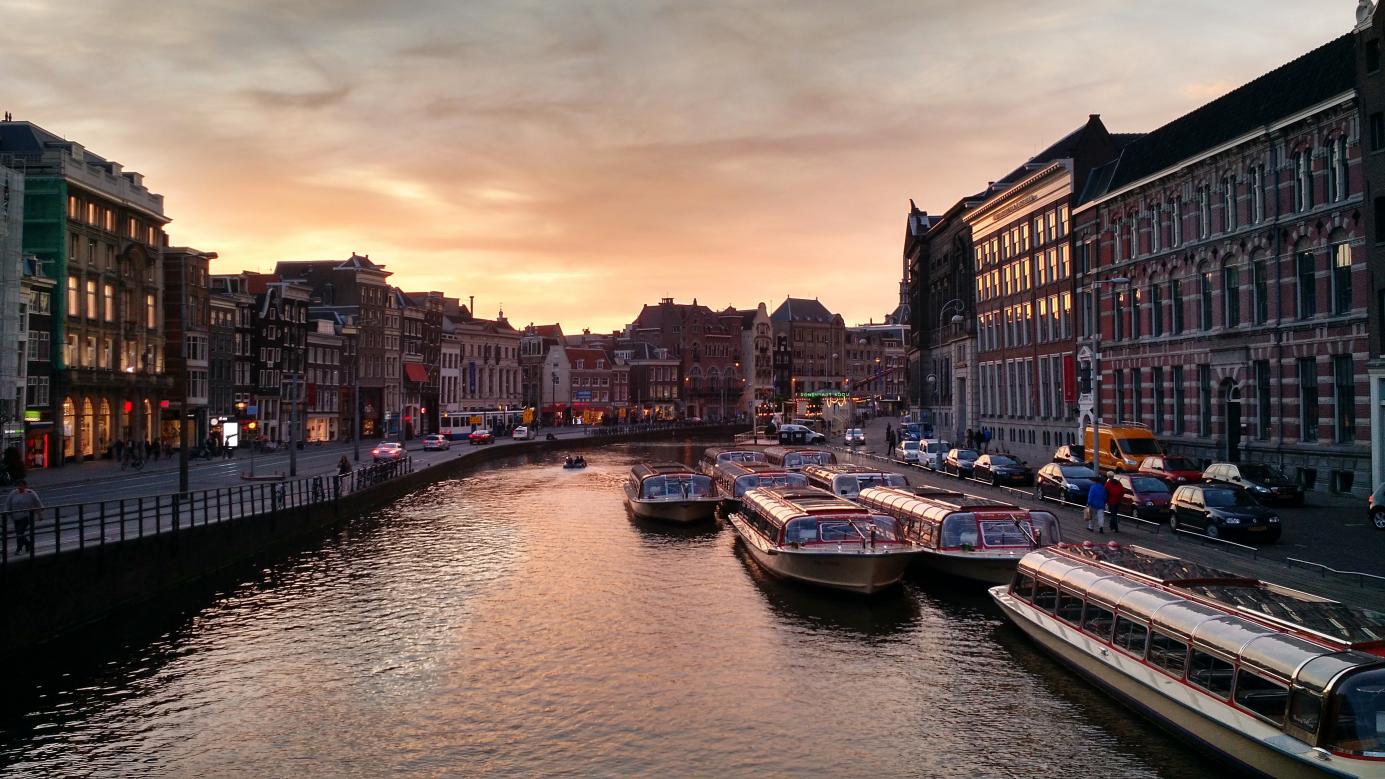
The charm of the Netherlands unfolds through its scenic roads, where vibrant tulip fields, classic windmills, and peaceful canals weave a captivating tapestry. This beautiful country offers a seamless blend of historic splendor and modern life, enticing travelers to explore its many facets. Discover cultural gems in Amsterdam, wander the storied streets of Utrecht, and enjoy the breathtaking coastal scenes at Zaanse Schans. With endless wonders to explore, the allure of a Dutch road trip promises an unforgettable adventure. Let the open road guide you to the heart of the Netherlands’ enchanting landscapes and rich heritage.
Car Rental Tips
Book in Advance
Generally, we recommend that you make your reservation one month in advance so that you could choose the desired vehicle and date.
If you proceed directly to the car rental store without a booking, it is likely that the car you need might be unavailable.
If you are already a QEEQ diamond member, you only need 1$ to freeze your booking and make the rest of the payment before pick-up, which does not affect your credit card limit.
Required Documents
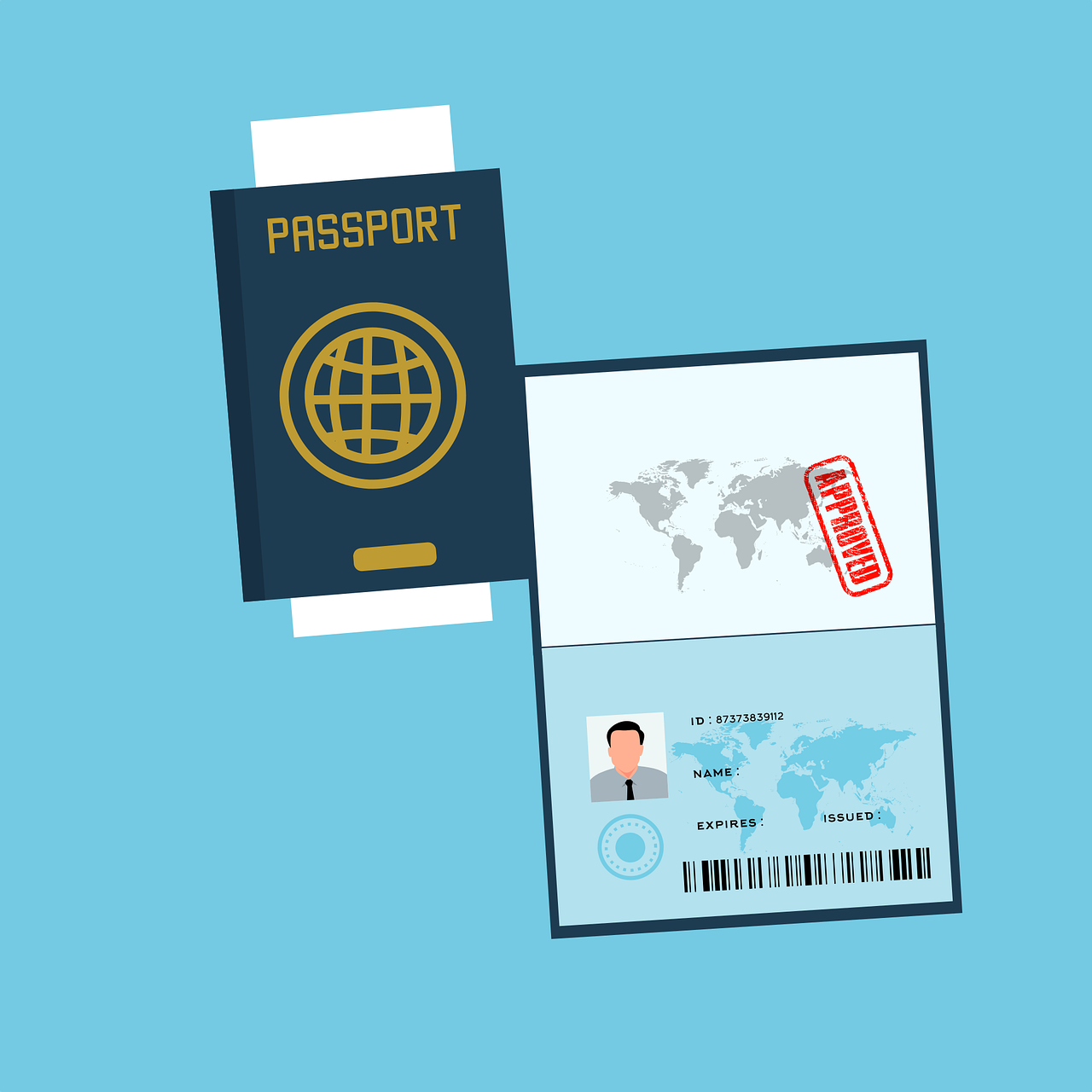
Passport, Driver’s License, IDP (Optimal), Credit Card
International Driving Permit (IDP) is highly recommended, which allows you to drive legally in countries that need one.
If it is inconvenient for you to apply an IDP, generate a free driver’s license translation on QEEQ.com (Japanese site only).
Tips: Please be aware that most rental companies require drivers to have held their license for at least one year. Additionally, some companies have age restrictions, and drivers under a certain age may need to pay a young driver fee.
Car Choices

The choice of your car depends largely on the duration of your trip, passenger number, luggage amount and road conditions.
- City Driving for small groups (1-3 passengers)
If you are a couple, or travel with a friend or two, or if you travel alone, a reasonably priced small car would be a good choice.
Compact size cars have 4 to 5 seats. We recommend sparing one passenger capacity so you could relax and have more space.
- 4 to 5 passengers including children and elderly
Medium and large size cars are recommended. These models could still possess a fair mount of space with 2 to 3 suitcases. SUVs are suitable for hybrid road conditions. Eco-friendly cars such as the Prius could save your spend on gasoline. Choose what you need giving you peace of mind on long trips.
- Traveling in a group of 6 or more
It would be a wonderful experience to choose a van for everyone to have his or her own seat. These models accommodate a passenger capacity from 7 to 12 people. While it is noticeable that large cars cannot make quick and sharp turns. So we recommend renting two small or medium-sized cars if you spend a lot of time driving through towns.
Online Booking Process

We are endeavoring to make your booking as convenient as possible. Enter our website QEEQ.COM, log in, enter the required information, and follow the instructions, you are free to rent your desired car.
Insurance
What Insurances Are Available?
*For Autopilot Cars:
- Insured: Protection for the person renting the car, including passenger accident insurance and personal accident insurance (PAI). This includes the personal safety of the driver, passengers, and their personal belongings.
- Automobile Insurance: protection for the vehicle of the renter. Collision Damage Waiver (CDW) is one example.
- Third-party Insurance: insurance that protects third parties other than the renter and the car rental company. Basic Third Party Liability (BTL) insurance, etc.
International car rental bookings will include the basic insurance required for car rentals: Vehicle Damage Coverage, Theft System, and Third Party Liability Insurance.
The deductible is the maximum amount of money you’re liable for in the event your rental car is damaged or stolen as long as you follow the conditions of your rental agreement. For example, the deductible is 1000 dollars, if the damage to the rented car is less than 1000 dollars, the customer pays; if the damage is more than 1000 dollars, the customer pays up to 1000 dollars; and the store’s insurance company pays for the part exceeding 1000 dollars.
Many travelers want more comprehensive coverage and purchase additional insurance. Personnel, vehicle and third-party coverage varies by insurance type. Here are some examples of common types of insurance (note: more checks means more coverage):
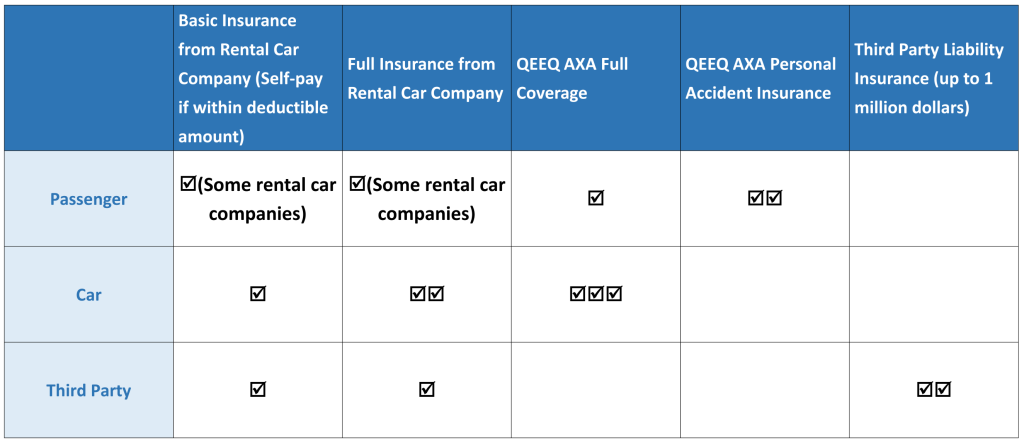
When and How to Purchase Insurance
There are two ways to obtain insurance: one is to purchase insurance when booking the car online; the other is to purchase insurance at the local store where the car is rented when picking up the car.
Generally, insurances provided by rental car companies usually has narrower coverage, higher premiums, so purchasing insurance online when booking the car is highly recommended.
How to Choose Insurance
If you are traveling with limited budget, it is better to choose the kind of insurance policy with the most comprehensive coverage. The main reasons are:
- Repairing fee for the car would probably be higher abroad.
- In case of an accident, the medical cost and compensation are very high.
- The wider the coverage, the less the troubles you would deal with, which saves tons of time and energy.
Taking automobile insurance as an instance, comparing to common insurance policies, the most comprehensive insurance coverage, including glasses, tires, chassis protection, and considerations for special road conditions such as sand and rocks, is very necessary, but basic insurance of car rental companies usually does not include full coverage as such.
Picking Up the Car
Check Before Departure
Before proceeding to the car rental shop, make sure you have brought with you all necessary documents for picking up the vehicle, and two international credit cards is recommended to ensure that there is enough credit limit for pre-authorization.
Proceed to the Car Rentals

If there is a pickup store nearby, you could just walk there, following signs for airport rental cars.
If the rental car center is far away, there is usually a free shuttle bus bound for the rental car center. Shuttle buses run every 10 minutes approximately, so take the bus when you see the logo of your car rental company.
If the shuttle is not available, you can contact the car rental company and wait for staff member to pick you up at designated location. In case you have difficulty communicating with the store staff, please call QEEQ and we will assist you in English or other languages.
Inspect the Car
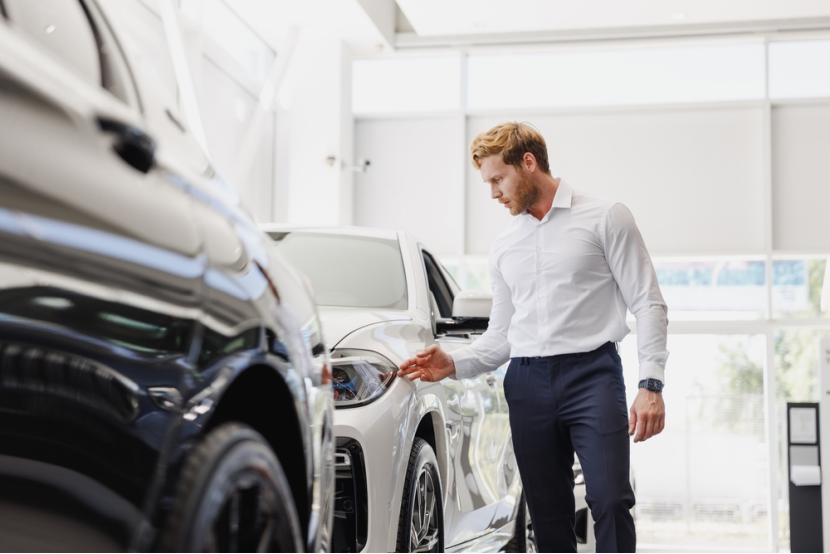
When you receive your reserved vehicle, inspect the bodywork for damage. At that time, it’s a good idea to document the entire process with your smartphone camera or take a picture of the dashboard. Because if you forgot to check the condition of your vehicle before departure, you may be charged for wronged damage repairs when you return it.
Payment 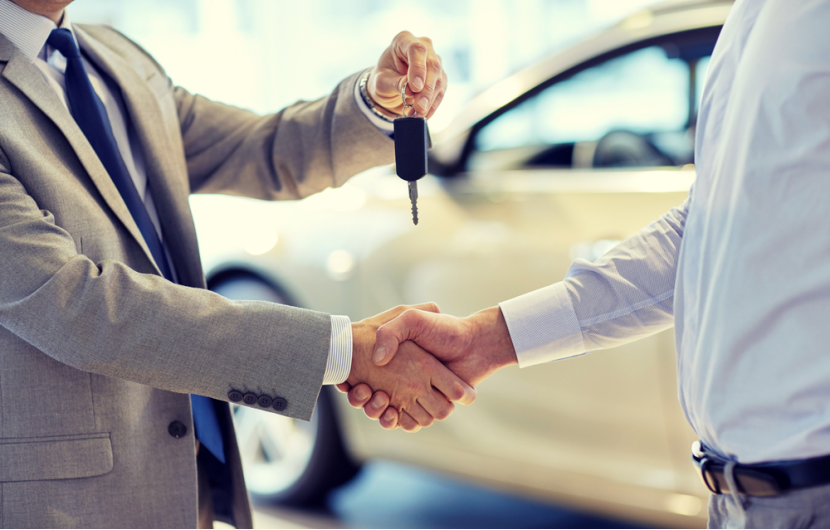
Payment is due on the day of the rental unless you are paying online or purchasing a tour package.
Insurance is usually included in the rental price, but some car rental companies offer paid options for more comprehensive coverage.
Last but not least, keep all contracts and documents safe for possible further usage. Once you have received your keys, check the seat heights, mirror positions, secure child seats, and then you are ready to go!
Traffic Rules and Signs
Cross-Border Travel Tips
When booking your rental car, make sure to select the option for “Cross-Border Travel” to see if the vehicle is permitted to be driven into other countries.
Important Tips:
- When you pick up your rental car, inform the staff that you plan to drive across borders. If you don’t, your insurance might become invalid once you leave the country.
- Cross-border fees need to be paid at the local rental office after you cross the border. Be sure to confirm the exact costs with the staff at the local office.
If the car you want to rent isn’t allowed for cross-border travel, it could be due to the rental company’s policies or restrictions on that specific vehicle model. In such cases, try choosing a different rental company or a different vehicle model.
Traffic Rules
- Drive on the Right
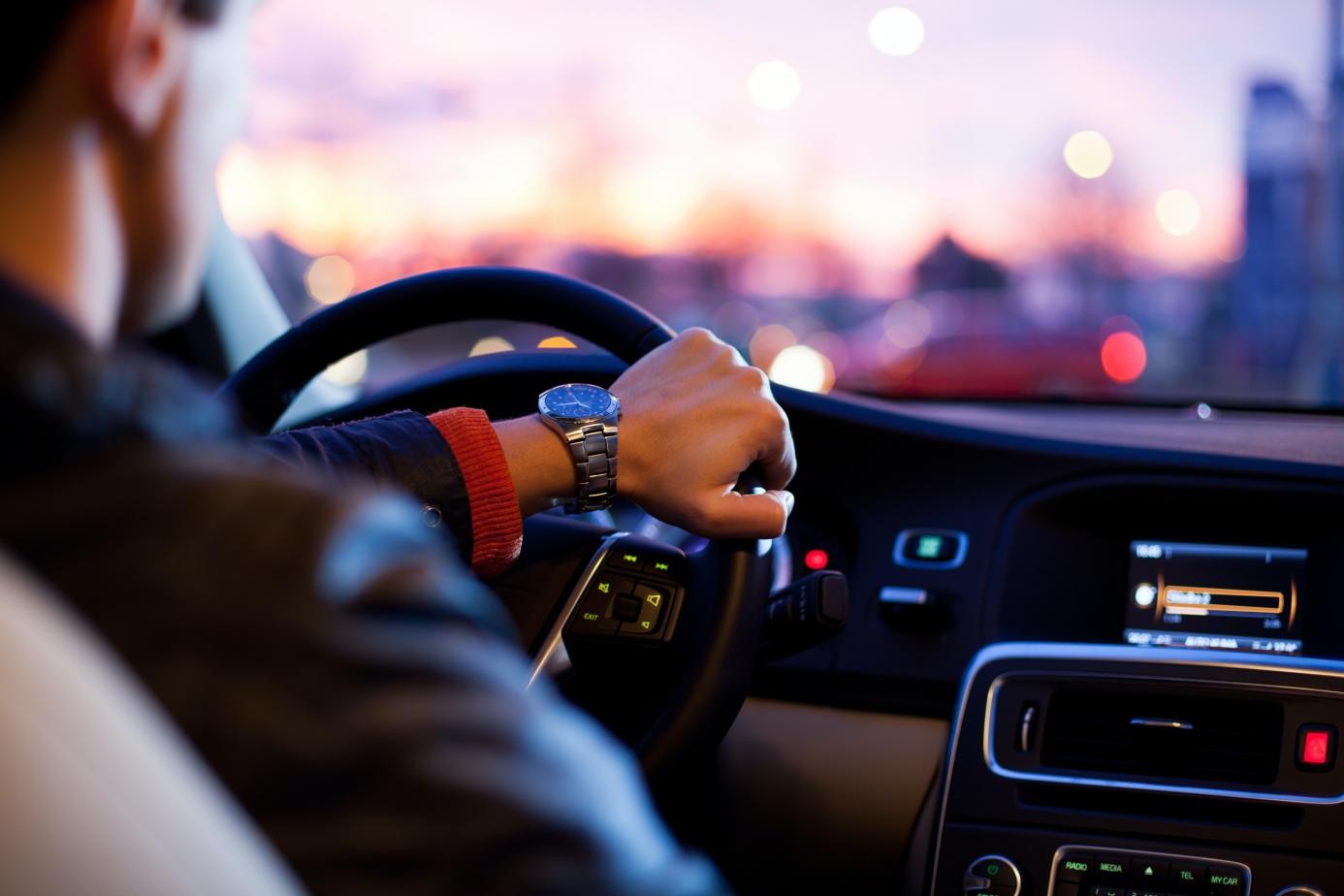 In Netherlands, please remember to drive on the right side of the road, with the driver’s seat positioned on the left.
In Netherlands, please remember to drive on the right side of the road, with the driver’s seat positioned on the left.
- Pedestrians Have Priority

Always give way to pedestrians. They have the right of way, so be prepared to stop for them at crosswalks and intersections.
- Always Wear Seat Belts
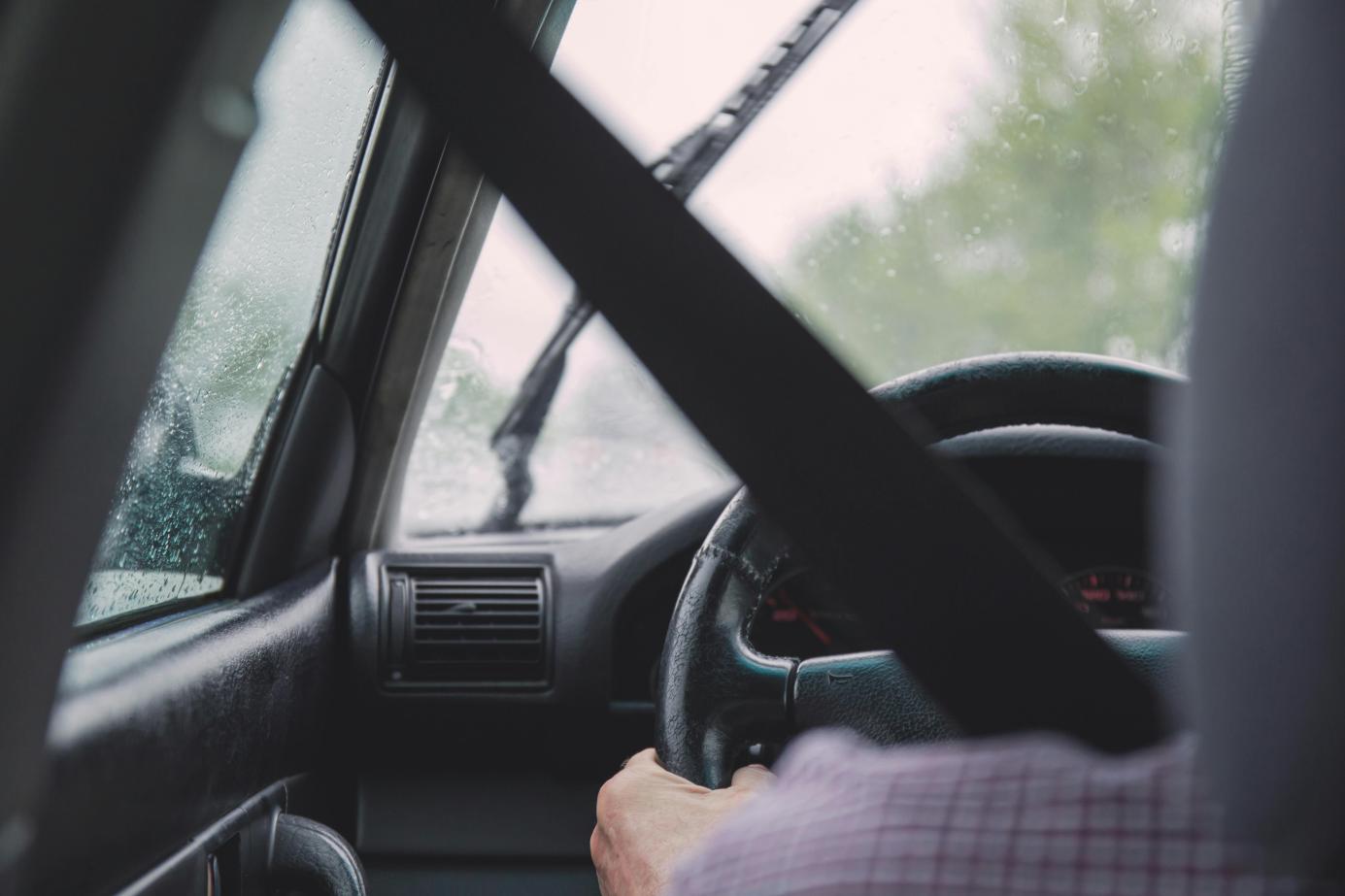
Everyone in the car must wear a seat belt, including passengers in the back seats.
- Child Safety Seats
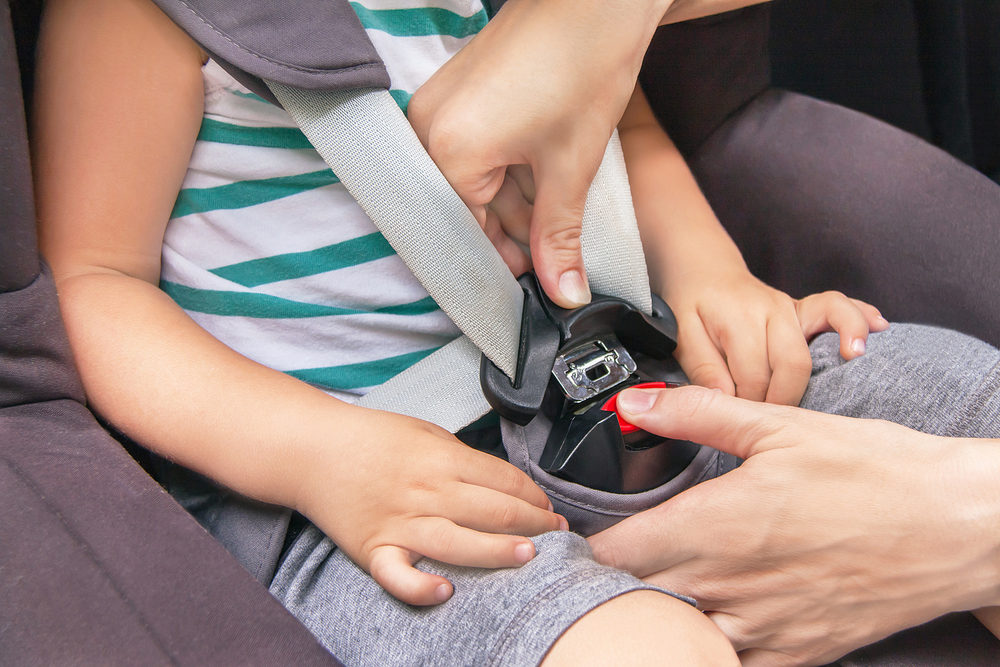
In the Netherlands, children under 12 years or shorter than 1.35 meters must be securely seated in an appropriate child restraint system. It’s important to note that children under 3 years are not allowed to sit in the front seat.
- No Cell Phone

If you need to make or receive calls while driving, utilize your phone’s speaker function or a Bluetooth device. This ensures your hands remain on the wheel, allowing you to concentrate on driving safely.
- Right of Way
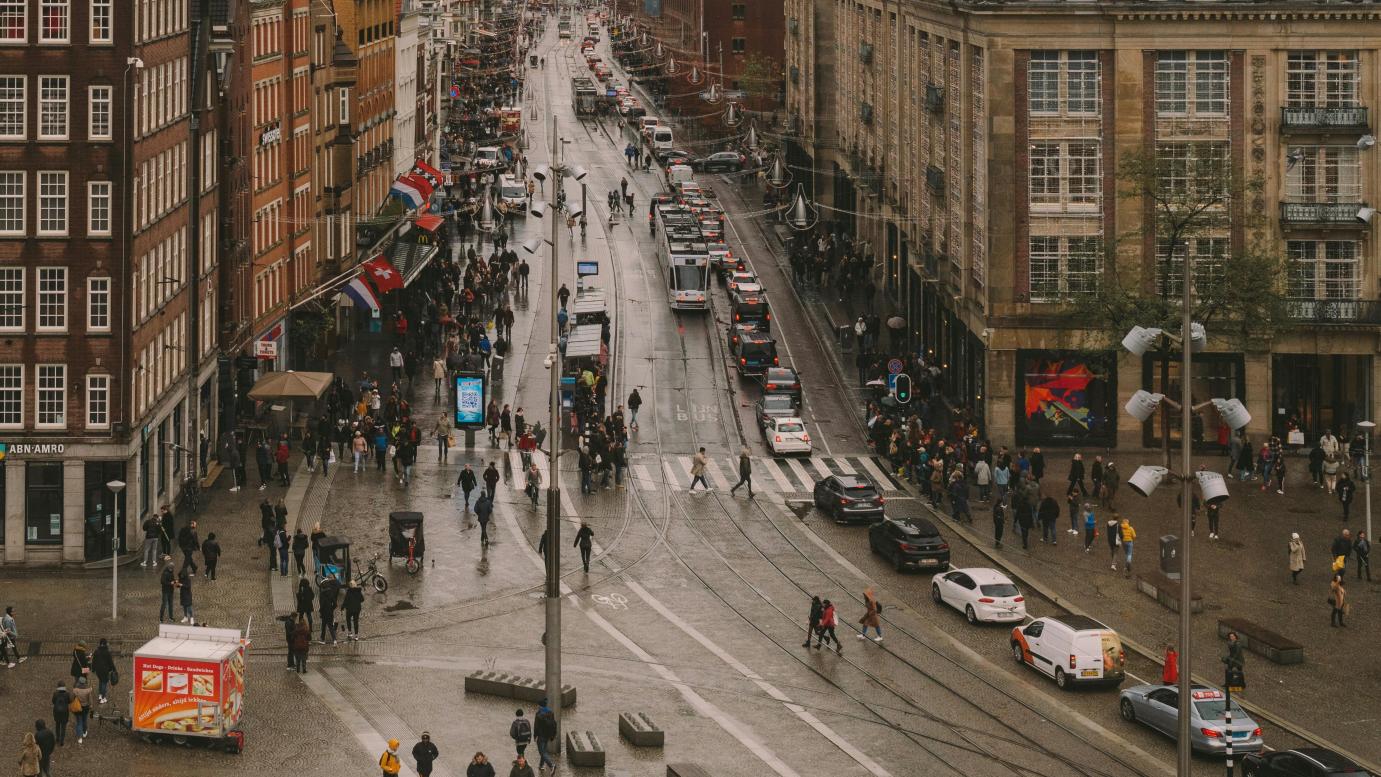
In the Netherlands, right of way rules are strictly observed and must be respected whether or not there are signs to indicate this. The basic rules include yielding to straight-going traffic while turning, giving priority when entering from a side road, and yielding to traffic already in a roundabout. Be aware that drivers with the right of way may travel at high speeds without checking for vehicles that lack the right of way. Always remain cautious and prepared to yield when you do not have the right of way to prevent accidents.
- Cyclist Priority
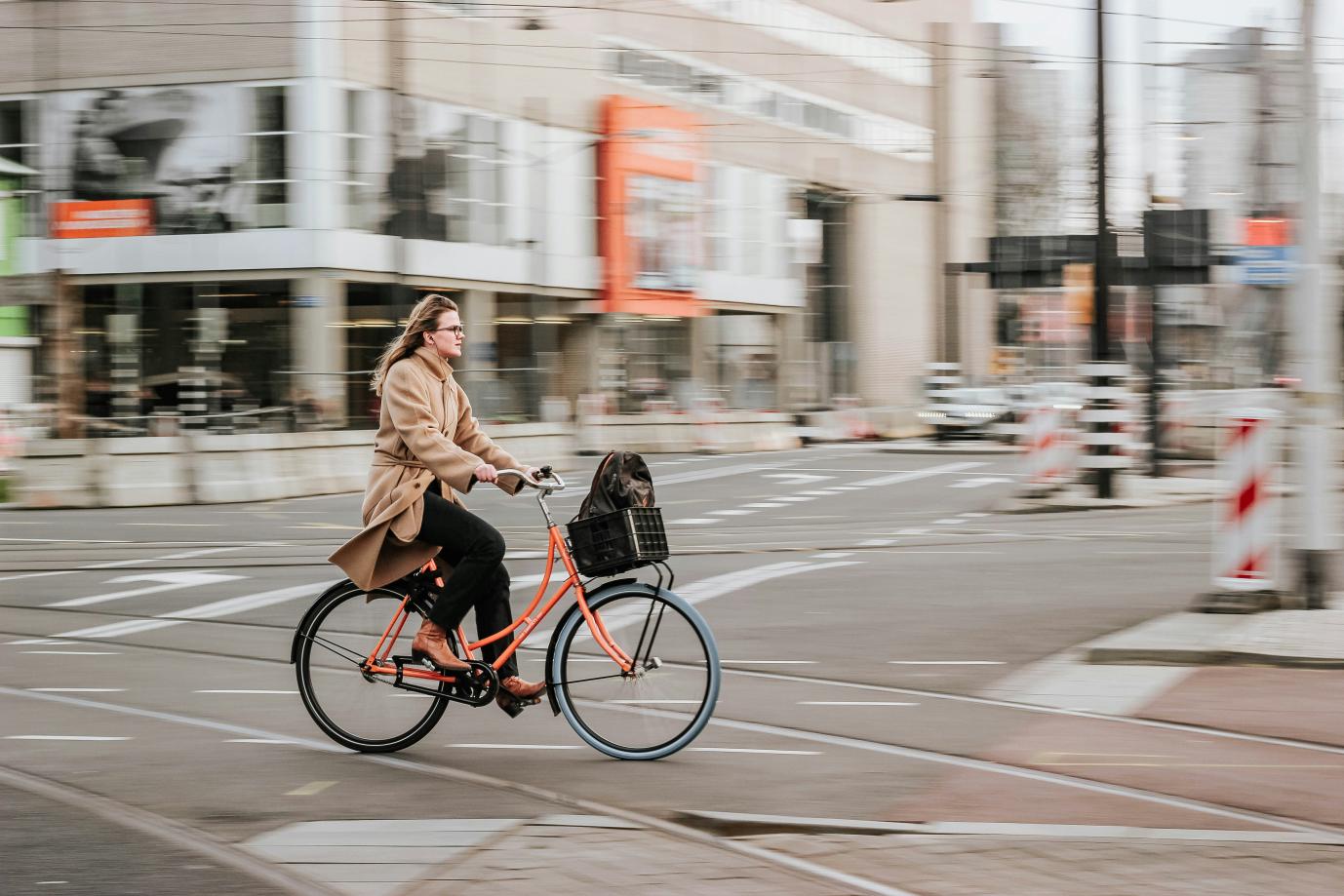
Known as the bicycle capital, the Netherlands features countless cyclists navigating the roads swiftly. Always be on the lookout and give way to bicycles to keep the roads safe for everyone.
Signs
- STOP Signs
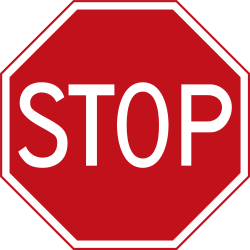
At STOP signs, it’s required to come to a complete halt for at least three seconds. Look both ways and proceed only when safe. If a four-way intersection has STOP signs in all directions, vehicles should take turns moving forward based on the order of arrival. When vehicles arrive simultaneously from different directions, alternate in passing through the intersection instead of following the queue order.
- Yield Signs
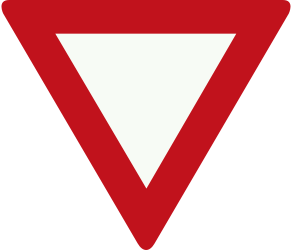
Yield signs are often found where side roads meet main roads. It’s essential to slow down, prepare to stop if necessary, and give way to other vehicles and pedestrians to ensure safety before proceeding.
- Priority Signs
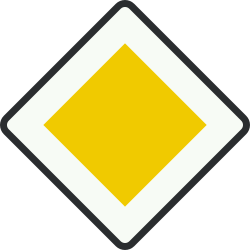
Priority signs indicate that vehicles on this section of the road have the right of way. You can proceed without stopping for vehicles entering from other roads, as they are required to yield to you. However, if traffic lights are present, always follow the signals, as they override any priority sign.
- Roundabouts
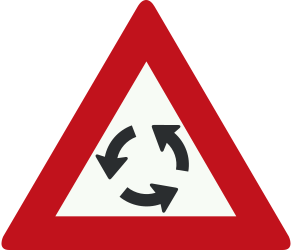
In the Netherlands, roundabouts are frequent, and it’s essential to yield to traffic already inside the roundabout. If there are vehicles in the circle, be sure to stop and let them pass first. Additionally, vehicles coming from the left have the right of way when entering the roundabout.
- Speed Limits
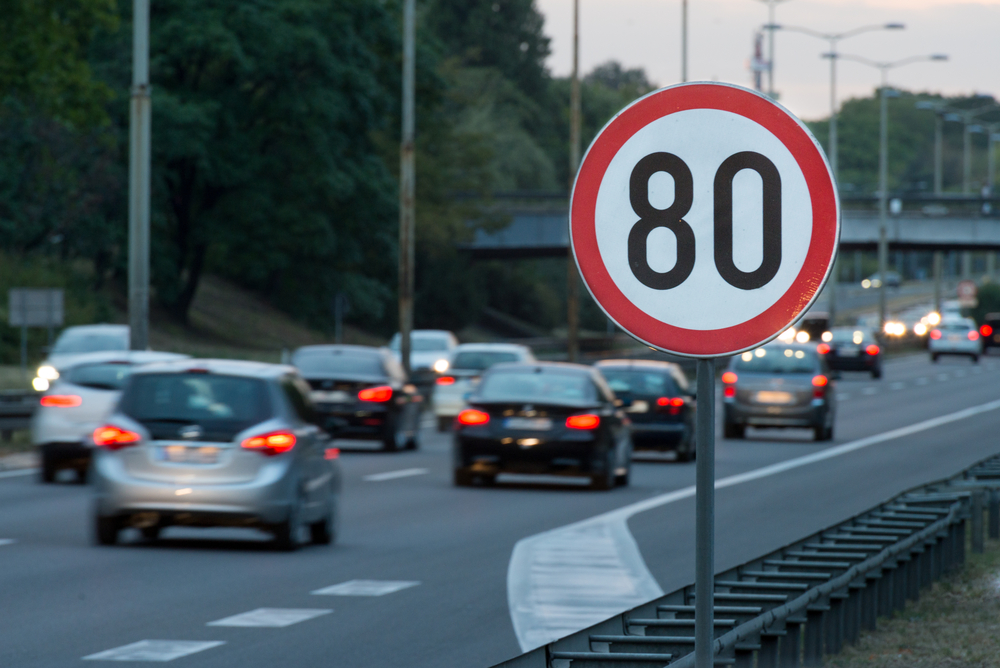
Adhere strictly to speed limits: 120 km/h is typically the maximum for highways, with a minimum of 60 km/h; 100 km/h or 80 km/h outside city areas, and 50 km/h within cities (residential areas may have a limit of 30 km/h). Pay close attention to road signs indicating speed limits and ensure your driving speed complies with these regulations. During rainy weather, be sure to observe any advised reductions in speed. Speeding fines can vary from €100 to €400.
- Other Common Signs
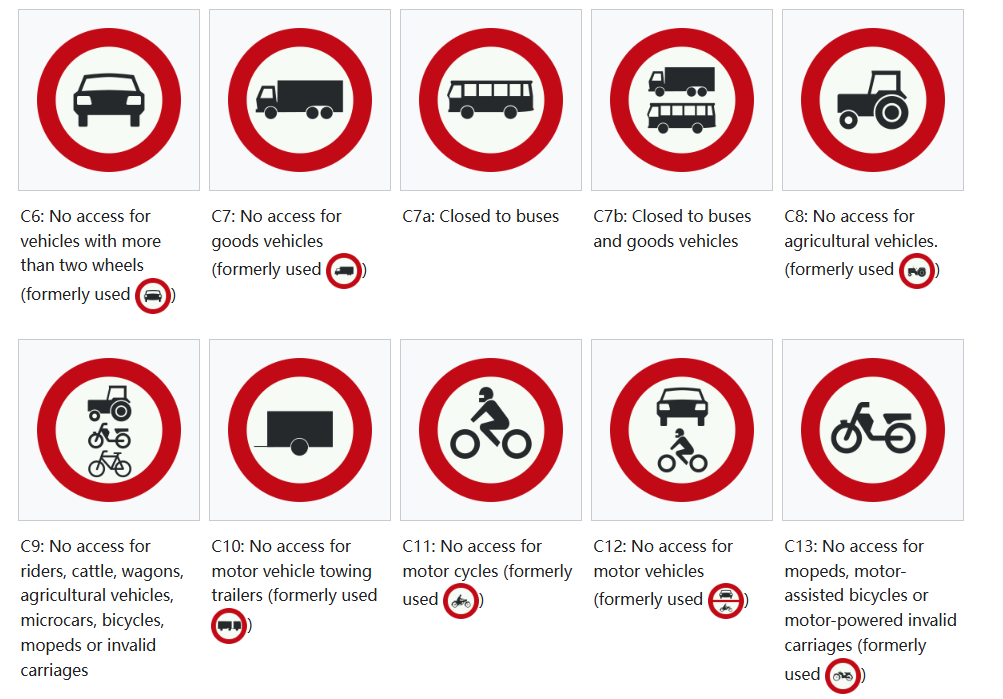
For more road signs in Netherlands, please refer to: Road signs in the Netherlands – Wikipedia
Road Conditions and Toll Payments
Road Conditions
- The Netherlands boasts a dense and efficient highway network. While the roads are generally busy, traffic flows smoothly, and driving here can be a great experience. The traffic rules and road signs are quite similar to those in other continental European countries, making it an excellent choice for a road trip.
- Amsterdam, in particular, presents more complex driving conditions with numerous bridges and narrow streets, coupled with heavy bicycle and motorcycle traffic, it requires extra caution. Be mindful and drive carefully in these areas to ensure safety.
Toll Payments
- The Netherlands boasts an excellent highway network, allowing for convenient travel to cities like Amsterdam, Rotterdam, The Hague, and Groningen, often making same-day round trips feasible. These highways also offer easy access to nearby destinations beyond the Dutch borders, such as Brussels, Düsseldorf, and Luxembourg.
- While the highways in the Netherlands are generally toll-free, be aware that some bridges near Amsterdam do require a toll. Additionally, there’s a €6 crossing fee at the border with Belgium.
Fueling
Fueling Services
- Refueling in the Netherlands is highly convenient, with service stations typically appearing every 20 kilometers along the highways, many of which include convenience stores.
- Fuel prices in the Netherlands align closely with international prices and tend to be higher than in some other countries, such as China. As of the latest data, fuel prices for unleaded petrol like Euro 95 average around €1.99 per liter, with diesel generally being 10% to 15% cheaper. Major fuel providers, such as TEXACO, SHELL, and TOTAL, operate these stations, leading to slight variations in prices.
- When refueling, it’s crucial to adhere to the specifications found on the fuel cap or within the vehicle’s manual, and Euro 95 is commonly used. If uncertain about the right type of fuel, it’s advisable to ask the rental staff at the time of pick-up.
- It’s important not to refuel with the wrong type of fuel. Should this happen, contact the rental service immediately to clean the tank and fuel system before restarting the engine, to prevent potential damage.
Self-Service Refueling
In the Netherlands, fueling primarily involves self-service stations, which come in two types: fully self-service and semi-self-service.
- Fully Self-Service Stations
These stations are entirely unmanned. You handle refueling and payment on your own, with credit card being the only accepted payment method. Simply insert your credit card, enter your PIN, and start pumping. Once finished, print your receipt and retrieve your card.
- Semi-Self-Service Stations
While refueling is still self-serve, you note the pump number after fueling and proceed to the convenience store to report the pump number and make your payment. Both cash and credit cards are accepted here.
- Fueling Tips
- Fuel prices can vary across different areas, and highway stations are typically more expensive. It’s often cheaper to fill up at stations near city limits.
- When using self-service pumps, Mastercard tends to be more widely accepted and convenient than Visa. While most stations accept both major credit cards, some smaller roadside stations may only take Mastercard.
Parking Guidelines
Parking in the small towns of the Netherlands is typically easy and mostly free of charge. Popular tourist sites usually have dedicated parking facilities. However, in larger cities, finding a spot can be challenging, and parking fees can be high.
Where to Park
- Public Parking Lots
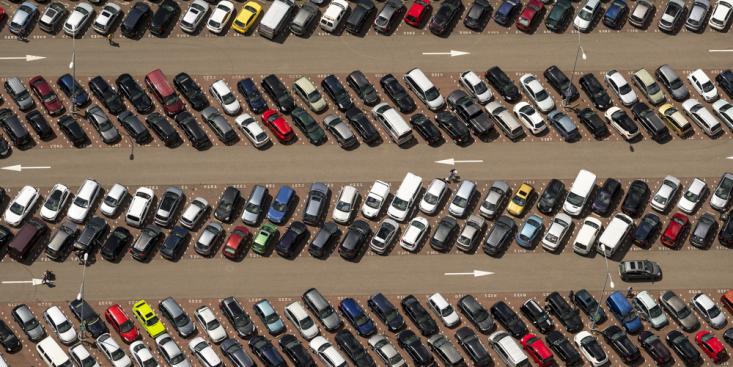
You’ll often find free public parking around shopping centers and large supermarkets. In tourist areas and busy districts, parking lots tend to be paid. Road signs usually guide you to these locations.
- Street Parking
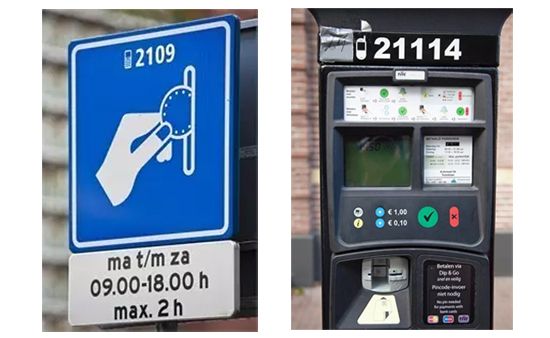
Street parking spaces are marked by white lines. Payment methods for these spots can vary. While some roadside spots are free, others require payment and are equipped with pay stations and signs that specify charges and time limits. For instance, a sign might state that parking is allowed for up to 2 hours from 9 AM to 6 PM, Monday through Saturday. Always check the signage to understand the applicable parking rules.
- Park+Ride (P+R) Facilities
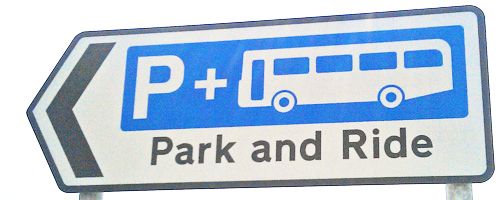
In several major Dutch cities, Park+Ride (P+R) facilities are available, offering a convenient option for those heading into urban areas. The Dutch government encourages commuters to utilize these lots at the city’s outskirts and then take public transportation into the city center. Parking at a P+R facility typically costs around €6 for the day, which includes free public transport for up to 2 people. This makes it a budget-friendly and convenient choice. If you’re planning a visit to Amsterdam or other large cities, consider using these P+R locations outside the city for a hassle-free experience. Keep an eye out for signs directing you to these facilities.
Find Parking Locations and Prices in the Netherlands
Where Not to Park
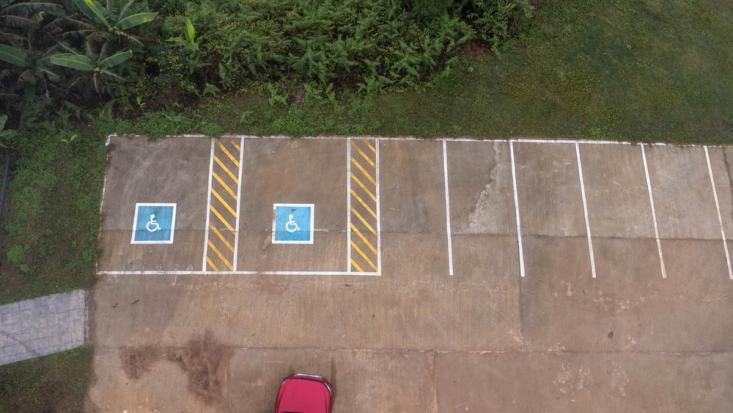
Avoid parking in spots designated for disabled persons, unless you have a valid permit. Additionally, do not park in front of building entrances, near fire hydrants, or at bus stops. Parking in these areas is restricted to ensure accessibility and safety.
Parking Payment
- Public Parking Lots
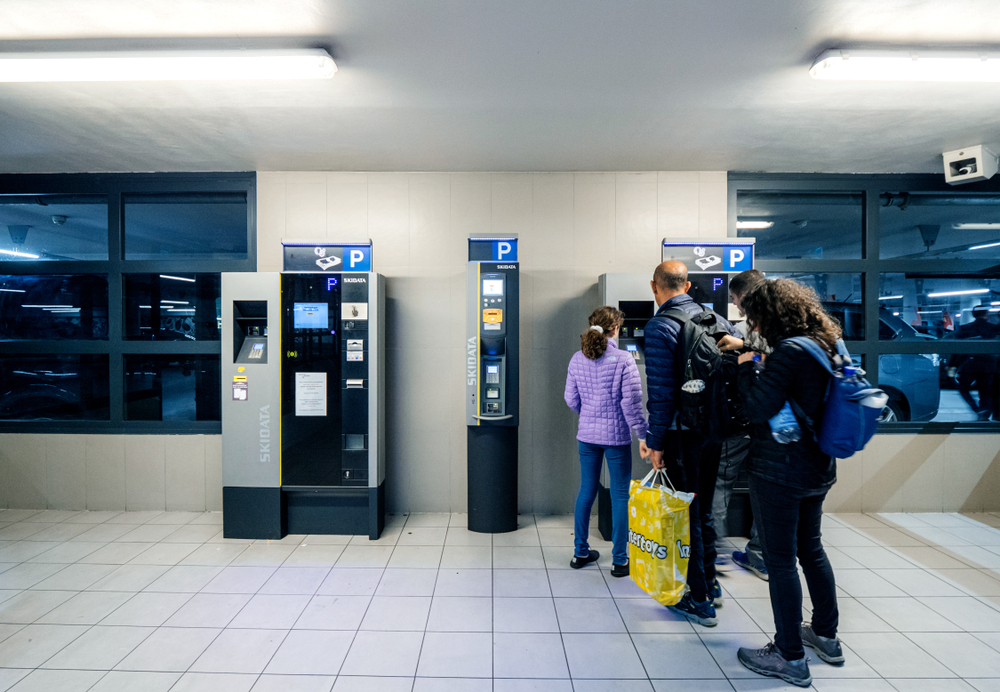
In the Netherlands, public parking lots feature convenient self-service payment systems. Typically, you’ll pay before you park, though some lots offer the option to pay afterward. Acceptable payment methods include electronic parking cards and cash. In bustling city centers, parking rates are approximately €5 per hour, while locations at office buildings or malls usually charge around €2 per hour. Smaller towns often offer reduced rates, and rural or suburban areas are typically free.
For pre-payment:
- Park your car
- Use the automated machine to choose your parking duration
- Complete the payment and print your ticket
- Display the ticket on your dashboard for validation
For post-payment:
- Retrieve a ticket upon entering
- Park your vehicle
- Pay upon return before you leave
- Street Parking
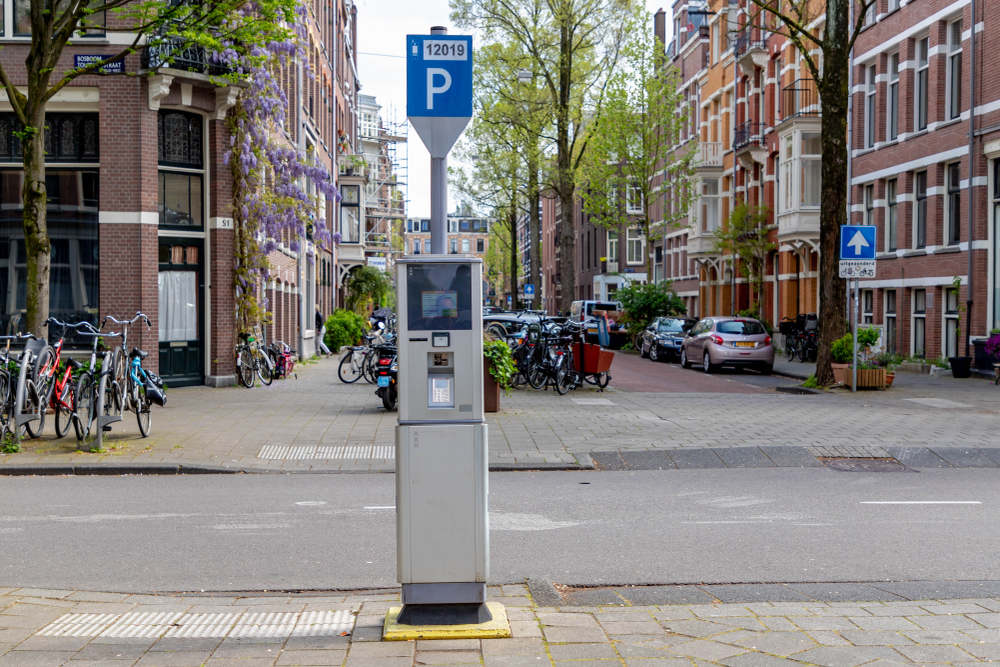
Self-service payment machines are conveniently located near designated parking areas.
Machines work in two ways:
- Enter your license plate number and anticipated parking time, then proceed with payment.
- Alternatively, pay based on your parking duration without entering a license plate, and place the printed ticket on your dashboard.
Please ensure you pay before parking and accurately estimate your time to avoid substantial fines for overstaying.
Parking Tips
- Opt for a Compact Car
In the narrow and busy streets of Dutch city centers, a compact car is easier to maneuver and fits more easily into tight parking spaces.
- Plan Ahead
To save time and reduce parking costs, plan your parking locations in advance based on your travel itinerary.
- Secure Your Valuables
Always remove luggage and valuables from your car when parked in unattended areas to prevent break-ins.
Accident Handling
If you are involved in a traffic accident, do not panic. Check whether the passengers are injured, help yourself and seek help from passersby. Emergency contacts are available at any time.
- Emergency services
Police, Fire, Ambulance: 112
- Roadside Assistance Number
Ada Mobility: +31850602828
- Embassy Numbers by Country
List of Embassies, Consulates and Other Diplomatic Missions in Netherlands
- You can also call your car rental company
For the rental company’s phone, please refer to your rental confirmation.
Here are the steps to handle different types of accidents:
Minor Collisions
- Ensure everyone’s safety.
- Move the vehicle to the side of the road to avoid obstructing traffic.
- Call 112 to report the accident.
- Take photos or videos of the vehicle’s condition.
- Have the police document the accident and keep the accident report.
- Contact the rental company and your insurance provider.
Vehicle Break-Ins or Theft
- Call 112 to report the incident.
- Have the police document the incident.
- File an insurance claim.
- Verify the information.
- Receive compensation.
Vehicle Breakdown
- Open the car’s trunk and hood.
- Hang a white object on the door handle to signal for help.
- Call the rental company.
- The rental company will dispatch staff for towing or repairs.
If the rental company cannot resolve the issue, ask the police for towing assistance. Repair costs can be high, so having full insurance is important.
Car Return Process
Important Reminders
After your enjoyable road trip, it’s essential to return the vehicle on time. If you have any questions or need assistance, you can contact the 24-hour customer service hotline.
Car Return Tips
- Refuel Before Returning
If your rental agreement requires a full tank upon return, make sure to refuel within 5 kilometers of the drop-off location and keep the receipt to show the rental staff.
- Keep the Car Clean
Return the car in a clean condition to avoid cleaning fees. Note that smoking in the car may also result in additional charges.
- Reconcile the Fee
When you return the car, the staff will inspect it and provide a final invoice. Carefully review the invoice and address any discrepancies immediately or contact customer service for clarification.
- Keep the Contract and Document
Retain the rental agreement and receipts after returning the car for future reference.
Early or Late Return
- Early Returns
Returning the car early usually does not result in a refund for unused days.
- Late Returns
If you need to return the car late, call the rental location in advance to get approval and confirm any additional charges.
After-Hours Returns
If you can’t return the car during business hours, check if the rental location allows after-hours returns. If permitted,
- Park in the designated area
- Lock the car
- Take photos of the fuel gauge, odometer, and car exterior
- Drop the keys in the key/drop-off box.
Note that you are responsible for the car until the rental location reopens. To avoid issues, it’s best to return the car when staff are present.
Help after Trip
Traffic Citation
- Unexpected Charges After Returning Home
Upon returning home, if you discover unexpected charges on your credit card, these might be due to traffic fines paid by your rental company. Such charges can be higher than the original fine due to an administrative fee added by the rental company. If you are unsure about the violation’s details, contacting the rental company’s customer service can provide clarity.
In Netherlands, traffic regulations are strictly enforced, and fines can be significant. It’s advisable to comply with all traffic rules.
- Traffic Fine Payment Procedures
If you are stopped by the police due to a traffic violation, you will typically be issued a fine on the spot, which includes an official receipt for the payment.
For traffic violations recorded by cameras, the notification is usually sent to you through the rental company.
- If the rental agency processes the payment, the total amount charged will include an additional administrative fee, which makes it higher than the original fine.
- If you need to handle the payment yourself, follow the instructions on the fine notice. This involves visiting the specified website, entering the ticket number, and completing the payment using your credit card.
- It’s essential to settle any fines promptly to avoid late fees, which can accumulate significantly if not paid on time.
- Avoiding Violations
Before setting off on your journey, it’s helpful to review your itinerary, including any toll roads or high-risk areas for traffic violations, to ensure compliance. Prompt payment of fines helps prevent any additional charges.
- No Violations During Rental
If no violations occur during the rental period, the security deposit will typically be released back to the primary driver’s credit card within about a month.
Insurance Claim
If you bought a full coverage insurance, you would receive a fast claim settlement. The following documents should be prepared:
- Passport
- Driver’s License
- Credit Card Checkback History
- The Car Rental Contract
- Car Damage Deduction Bill
For more detailed information, check the terms and conditions of insurance company:
Classic Routes
- Route 1: Springtime Floral Escape
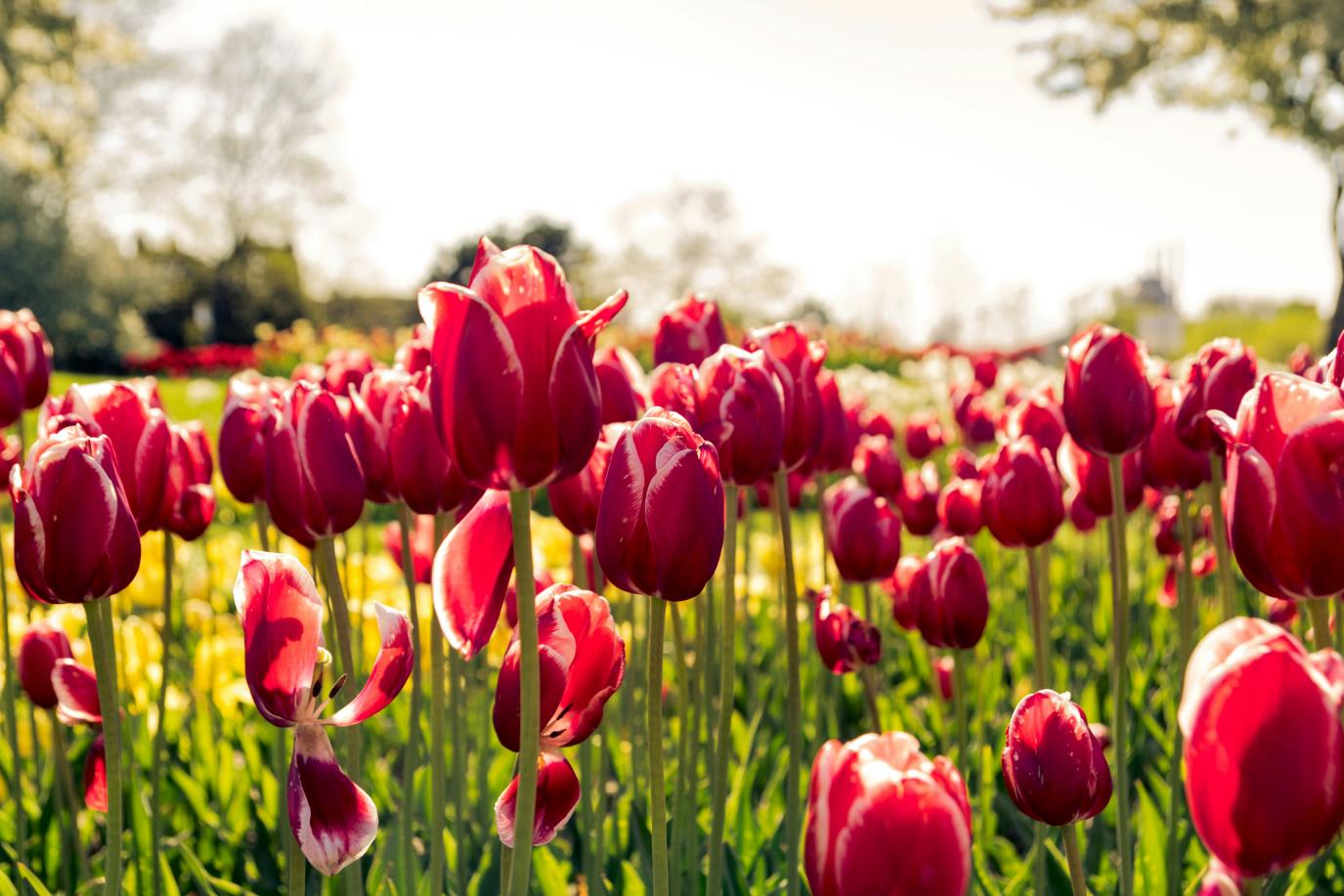
Covering 100 kilometers, this journey is recognized as one of the world’s most stunning road trips, perfect for springtime exploration from mid-March to mid-May. Travelers are treated to sprawling flower fields spanning 2,500 acres, where hyacinths, daffodils, irises, and tulips bloom in a spectacular succession of colors. In Amsterdam, often called the “Venice of the North,” the city’s iconic canal-side homes and vibrant cultural atmosphere await. The Van Gogh Museum offers a chance to view the artist’s masterpieces, while the Rijksmuseum boasts over 8,000 art treasures. For a deeper understanding of floral history, the Tulip Museum provides fascinating insights. A canal cruise exposes the city’s aquatic charms, culminating in the regal elegance of the Royal Palace of Amsterdam. This journey beautifully combines the natural splendor of Dutch landscapes with the country’s rich cultural and historical heritage, ensuring an unforgettable adventure.
- Route 2: Scenic Waterway Adventure
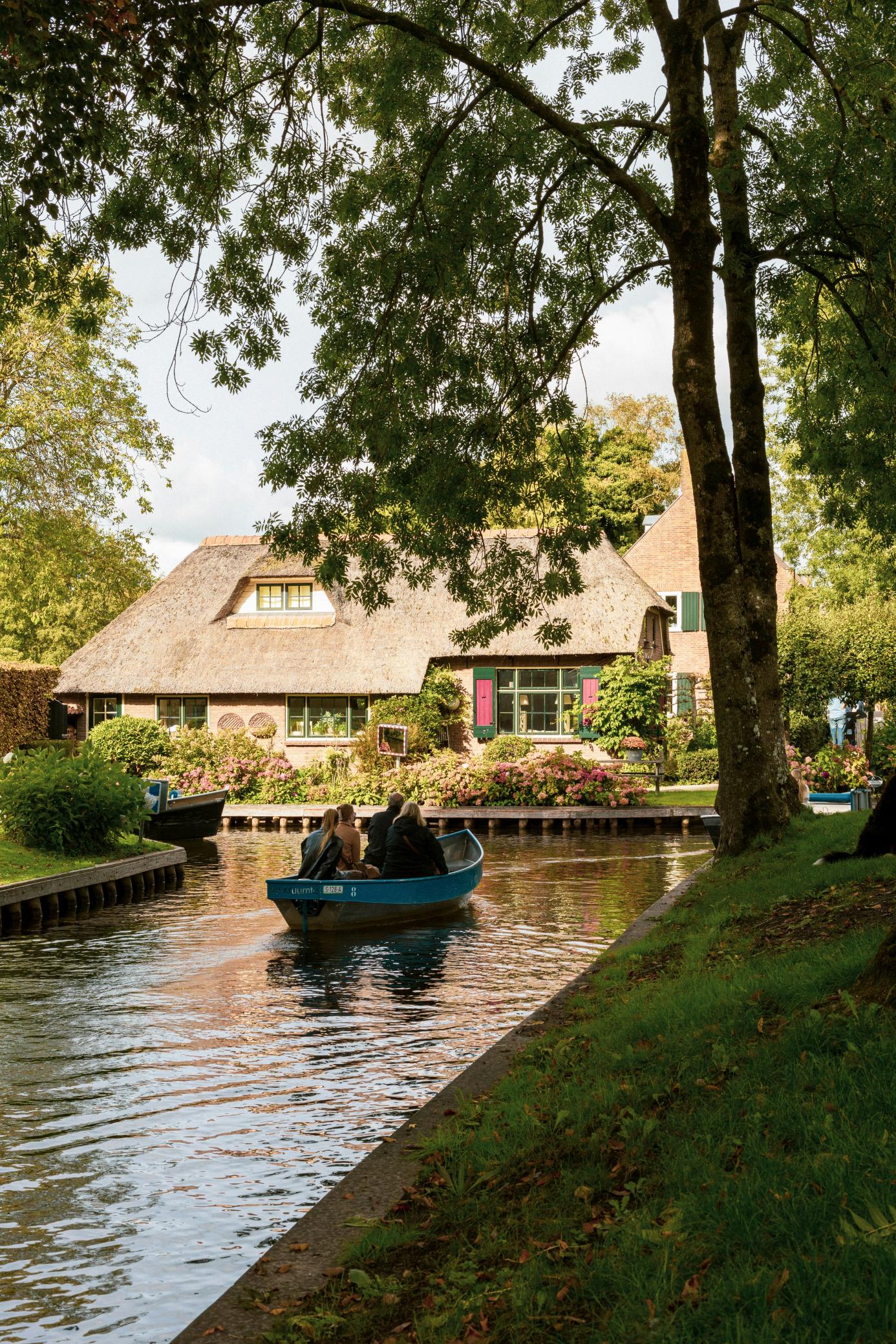
Spanning 160 kilometers, this journey uniquely combines sweeping landscapes with a tranquil charm, offering a quintessential experience of the Netherlands’ natural and historical allure. Best explored from April to October, it starts in Hoorn, a town steeped in the glory of the 16th and 17th centuries. As you travel along the iconic Afsluitdijk, known as the “Great Sea Wall,” you’ll have the sea crashing on one side and peaceful lakes on the other. The route culminates in Giethoorn, often called the “Green Venice,” where you can leisurely float along canals, marveling at art-like architecture. Enrich your journey with visits to the Steam Train Museum in Hoorn and the Stone Museum in Giethoorn, which provide fascinating insights into Dutch history and innovation. This adventure promises enchanting moments and a profound connection with the serene beauty of the Netherlands.
- Route 3: Dutch Art and Nature Trail
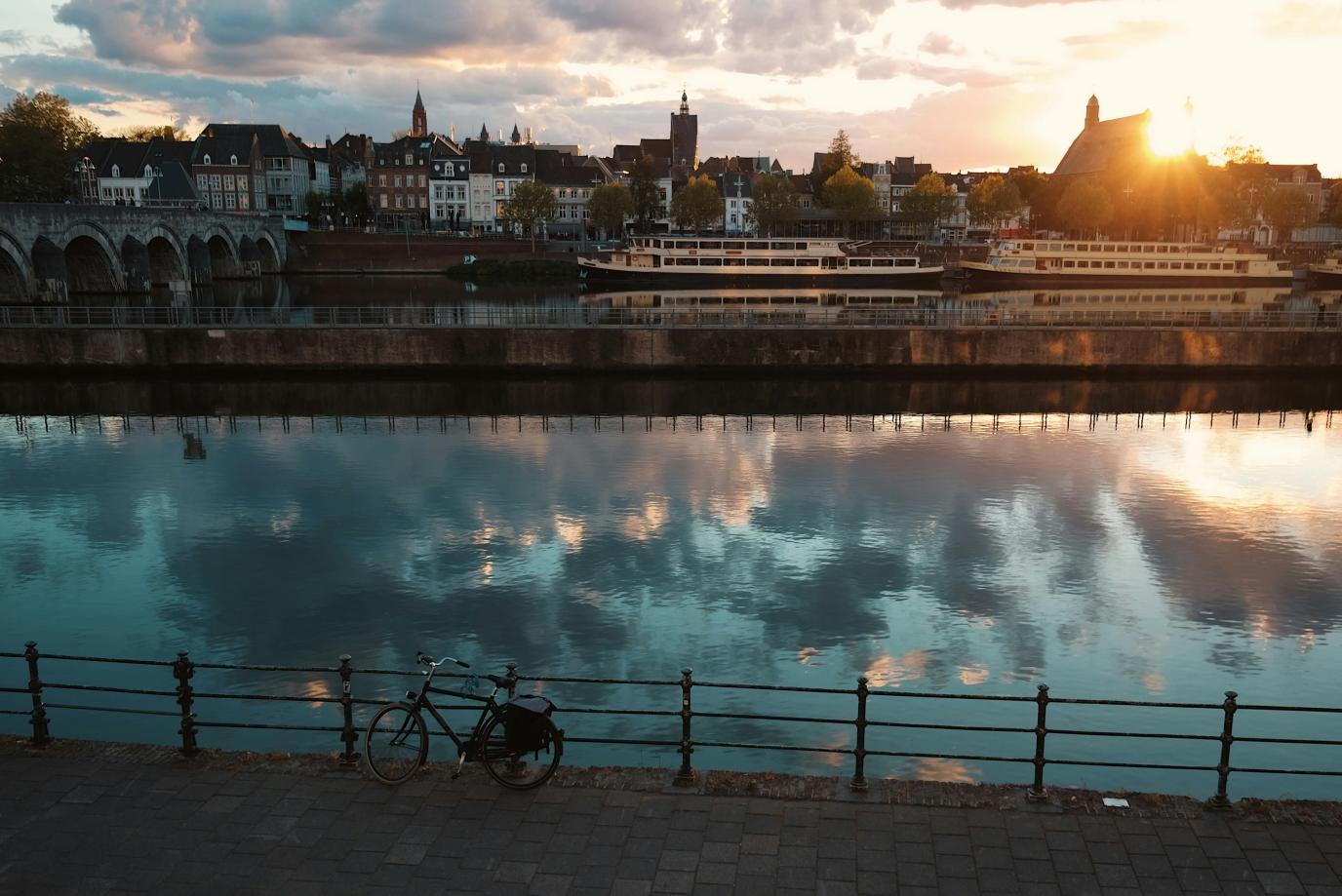
This 220-kilometer journey offers a unique blend of artistic heritage and lively shopping, ideal for exploration year-round. It begins in the historic city of Maastricht, renowned for its cobblestone streets and more than 1,450 historic sites. The city’s rich past is complemented by vibrant French-style shopping streets and becomes especially lively during the Maastricht Carnival in March. The trail then leads to Roermond, a haven for fashion lovers with its renowned designer outlets. Near Eindhoven, the town of Nuenen showcases the glowing Van Gogh Path, inspired by the “Starry Night,” creating a stunning nighttime experience. The journey wraps up in Apeldoorn, a city nestled in greenery. Here, the Kröller-Müller Museum presents an impressive collection of Van Gogh’s works, while the Royal Palace Het Loo features beautiful Baroque gardens that add a touch of regal elegance to the adventure. This route perfectly captures the spirit of Dutch culture, history, and scenic charm.
Useful Website and Numbers
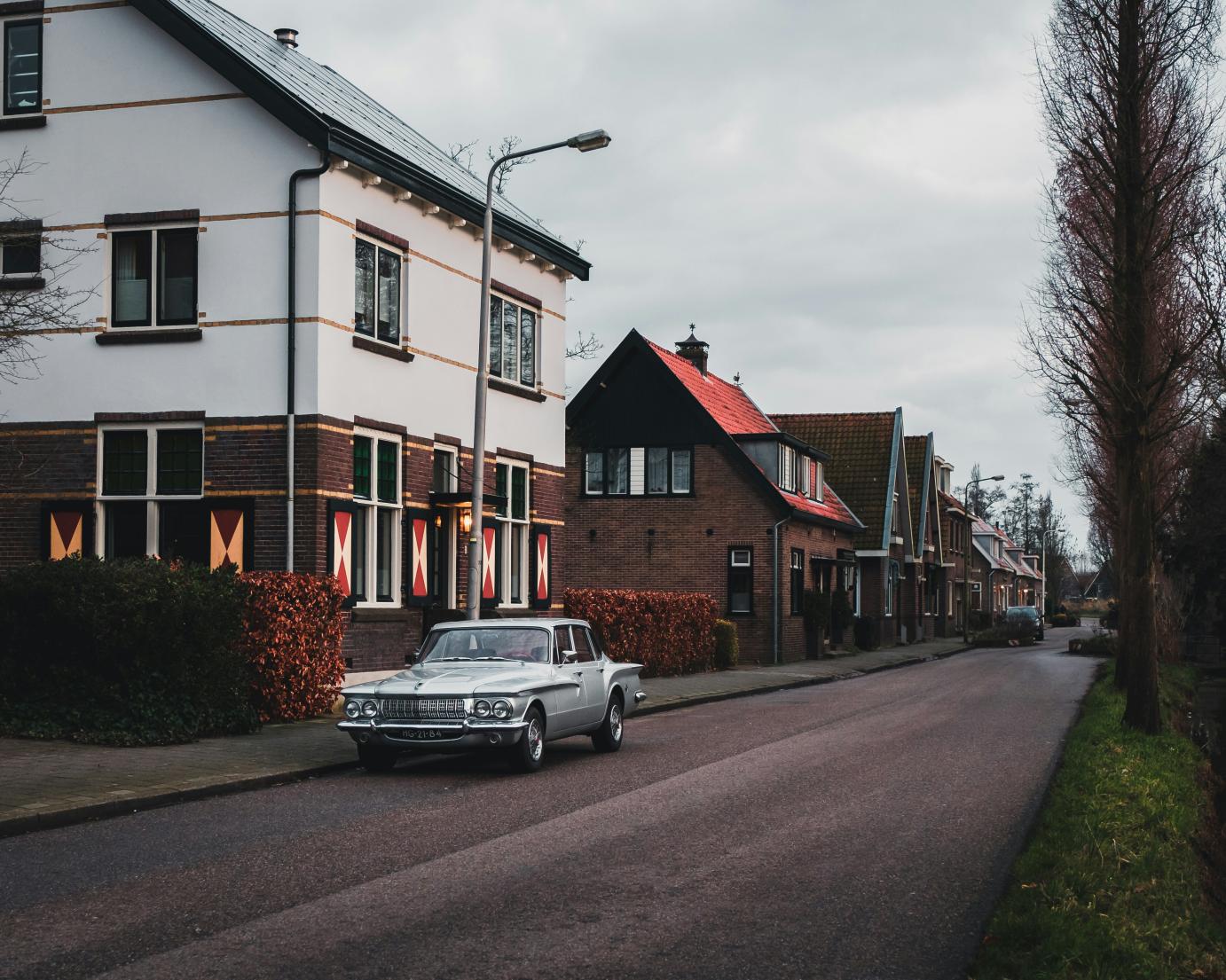
- Netherlands’s official tourism website
- Emergency services
Police, Fire, Ambulance: 112
- Roadside Assistance Number
Ada Mobility: +31850602828
- Embassy Numbers by Country
List of Embassies, Consulates and Other Diplomatic Missions in Netherlands
- You can also call your car rental company
For the rental company’s phone, please refer to your rental confirmation.